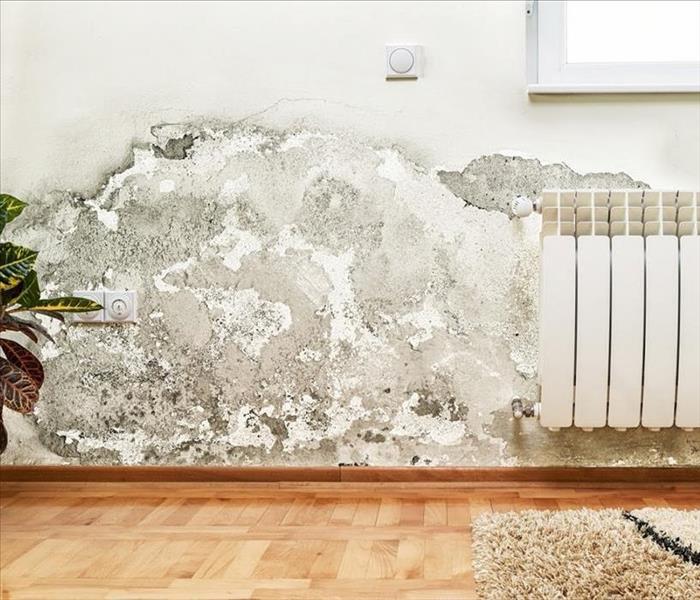Do You Have Hidden Water Damage?
11/27/2019 (Permalink)
 If you are dealing with any water damage, contact SERVPRO of East Onondaga County. We have the experienced to take care of any restoration needs.
If you are dealing with any water damage, contact SERVPRO of East Onondaga County. We have the experienced to take care of any restoration needs.
Small leaks can have huge repercussions, especially if the leak goes unnoticed for a while. For this reason, homeowners need to know the signs of hidden water damage and what they can do if it has occurred.
Common Sources of Hidden Damage
The first step to addressing hidden water damage is to locate where it has occurred.
Roof Leaks
The roof is often the culprit of water damage. Often, water that gets in through the roof drips into the attic, where insulation absorbs the moisture at first. Water damage can accumulate for weeks or months before it is severe enough to drip through to the rooms below.
Inspect your roof regularly for leaks, especially if you have noticed issues like missing or damaged shingles. Go into the attic during a rainstorm, or have someone spray the roof with a hose while you perform the inspection.
Shine a flashlight through the dark attic and look for the glisten of water. You may also be able to spot wet insulation or water damaged joists. The musty odor of mildew or mold may also indicate a leak.
Plumbing Issues
Not all plumbing leaks are obvious. Sometimes leaks happen where drain pipes and water supply lines run through a wall, which keeps the leak hidden from view until the damage becomes severe. Water supply leaks can be more obvious than drain leaks, because you will likely notice increase in your water bill or usage amounts with supply leaks.
Other symptoms of a hidden leak may include water pressure loss or the sound of running water in your walls when the tap is turned off. Walls or flooring near pipes and drains may begin to warp or feel soft. Sometimes mold spots appear on a wall or the paint begins to bubble.
External Factors
Foundation, basement, and wall leaks are also common. These leaks can be caused by storms or from drainage issues around your home. Wind and rain pressure from a storm, for example, can drive water underneath damage siding or through poorly sealed windows. Water runoff, particularly from misaligned gutters or downspouts, can accumulate near the house and seep through foundation and basement walls.
Basements, in particular, are prone to water damage. High water tables and flooding are the most common issues. A moldy or damp odor indicates that water is getting in somewhere. You may also notice visible mold or rotten wall boards or wood.
Damage Restoration Methods
Fortunately, most water damage can be addressed and repaired. Once you fix the cause, you can begin restoration.
Cleaning Advice
Mold and mildew are the main concerns with water damage. You can usually clean mold up by first drying out the affected area and then cleaning it thoroughly with a bleach solution. Wear a mask and eye protection, as mold can be an irritant for some people. The most challenging aspect of cleanup is accessing everywhere that is affected, such as inside carpet padding or the backside of walls.
Restoration Possibilities
Many items in your home can be restored once cleanup is complete. These items include hard flooring, some furniture, and your counters and walls. Hard surface can be wiped cleaned. Stains that can't be removed can be painted over.
If wall board damage is minimal, a fresh layer of drywall compound followed by primer and paint can save the wall. Even wood can be saved from minimal water damage, although it may need to be sanded and stained.
Replacement Needs
Carpets and upholstered furniture are the most difficult items to save after extensive water damage. If you catch the damage early and dry out the textiles quickly, you may be able to avoid damage. Otherwise, mold and mildew can grow deep in carpet padding or inside upholstery. If professional cleaning doesn't remove stains and odor, you’ll likely need to replace these items.
Contact SERVPRO of East Onondaga to learn more about your options after water damage.






 24/7 Emergency Service
24/7 Emergency Service